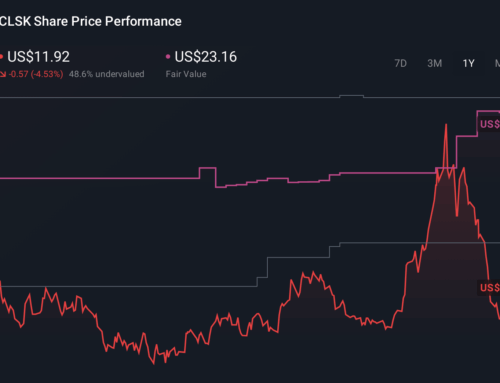BTC ETF Inflows Surge as Basis Trade Nears 9%, Signaling Renewed Demand
May 20, 2025
BTC
$104,969.20
+
1.67%
ETH
$2,524.25
+
5.10%
USDT
$1.0001
–
0.02%
XRP
$2.3525
+
1.66%
BNB
$646.21
+
1.20%
SOL
$166.74
+
3.19%
USDC
$0.9996
–
0.01%
DOGE
$0.2211
+
1.87%
ADA
$0.7300
+
1.18%
TRX
$0.2728
+
3.81%
SUI
$3.8507
+
4.40%
LINK
$15.89
+
4.33%
AVAX
$22.19
+
2.40%
HYPE
$26.64
+
2.72%
XLM
$0.2832
+
1.12%
SHIB
$0.0₄1439
+
2.41%
HBAR
$0.1939
+
3.36%
LEO
$8.6700
+
1.06%
BCH
$388.99
+
1.79%
TON
$3.0165
+
0.07%
By James Van Straten|Edited by Omkar Godbole
Updated May 20, 2025, 8:25 a.m. Published May 20, 2025, 8:08 a.m.

- U.S. spot bitcoin ETFs saw $667.4 million in net inflows on May 19, the highest since May 2, led by $306 million into the iShares Bitcoin Trust.
- Investor interest is likely driven by bitcoin’s sustained price above $100,000 and the basis trade yield nearing 9%, prompting increased futures trading and institutional reentry.
exchange-traded funds (ETFs) recorded $667.4 million in net inflows on May 19, the largest single-day total since May 2, signaling renewed institutional interest.
Nearly half of these inflows, $306 million, went into iShares Bitcoin Trust (IBIT), now at $45.9 billion in net inflows, according to data source Farside Investors.
STORY CONTINUES BELOW
The renewed demand follows bitcoin’s strong price performance, having traded above $100,000 for 11 consecutive days, which has helped restore market confidence.
Additionally, the annualized basis trade, a strategy where investors go long on the spot ETF and simultaneously short bitcoin futures contracts on the CME, has become increasingly attractive with yields approaching 9%, almost double what was seen in April.
According to Velo data, this has sparked a modest uptick in basis trade activity as evidenced by an increase in trading activity in the CME futures.
On Monday, CME futures volumes hit $8.4 billion (roughly 80,000 BTC), the highest since April 23. Meanwhile, open interest stood at 158,000 BTC, up over 30,000 BTC contracts from April’s lows, further underscoring the growing appetite for leveraged and arbitrage strategies.
That said, both both futures volume and open interest remain well below the levels seen when bitcoin reach an all-time high of $109,000 in January, indicating there’s still significant headroom for further growth.
The upswing in the basis suggests the growth may be already happening, bringing back players that left the market early this year when the basis dropped to under 5%.
Recent 13F filings revealed that the Wisconsin State Pension Board exited its ETF position in the first quarter, likely in response to a then-less favorable basis trade environment. However, given that 13F data lags by a quarter and the basis spread has since widened from 5% to nearly 10%, it is plausible that it reentered the market in the second quarter to capitalize on the improved arbitrage opportunity.
James Van Straten is a Senior Analyst at CoinDesk, specializing in Bitcoin and its interplay with the macroeconomic environment. Previously, James worked as a Research Analyst at Saidler & Co., a Swiss hedge fund, where he developed expertise in on-chain analytics. His work focuses on monitoring flows to analyze Bitcoin’s role within the broader financial system.
In addition to his professional endeavors, James serves as an advisor to Coinsilium, a UK publicly traded company, where he provides guidance on their Bitcoin treasury strategy. He also holds investments in Bitcoin, MicroStrategy (MSTR), and Semler Scientific (SMLR).
Search
RECENT PRESS RELEASES
Related Post





